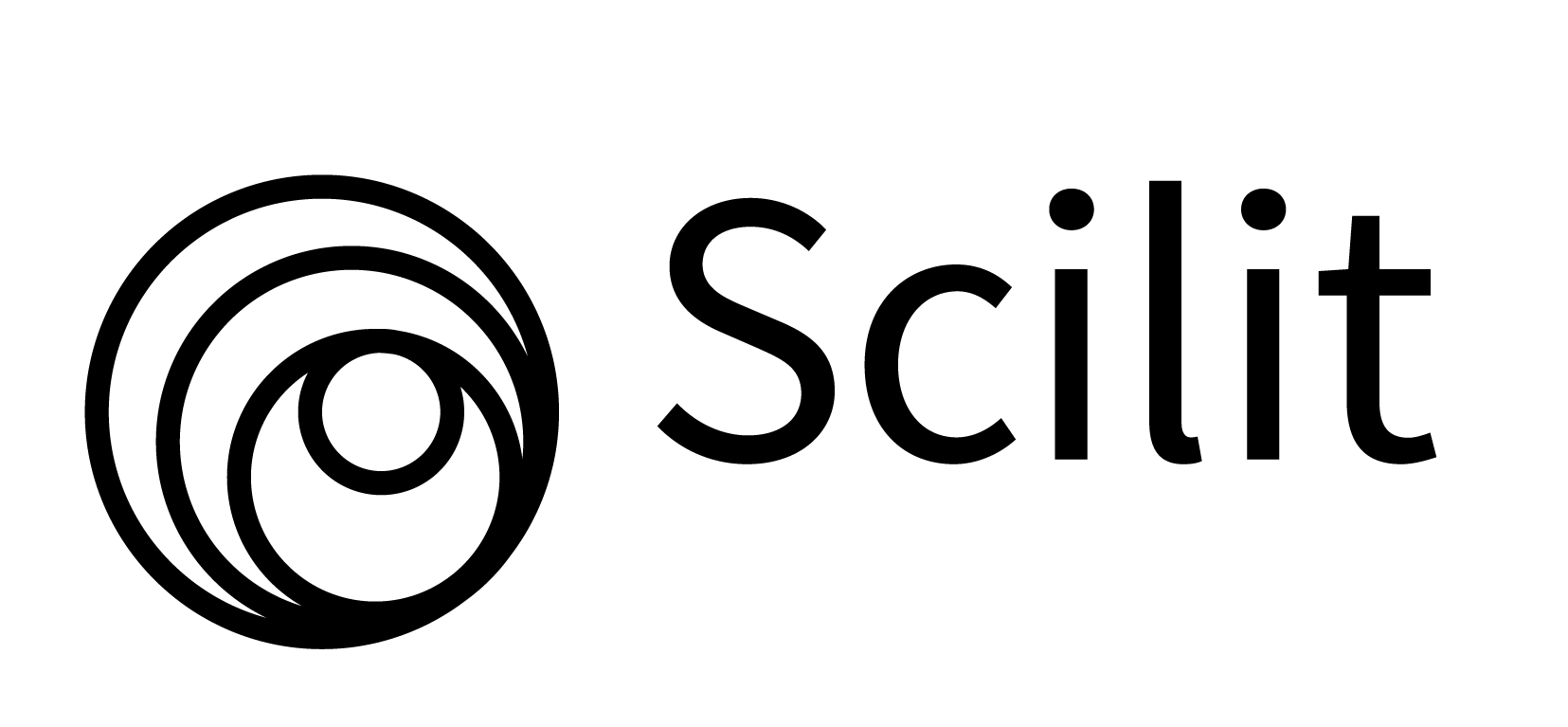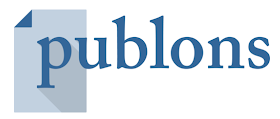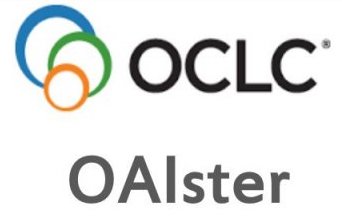Online Submissions
Registration and login are required to submit items online and to check the status of current submissions.
Already have a Username/Password for International Journal of Cyber Forensics and Advanced Threat Investigations?
Go to Login Start New SubmissionNeed a Username/Password?
Go to RegistrationSubmission Preparation Checklist
As part of the submission process, authors are required to check off their submission's compliance with all of the following items, and submissions may be returned to authors that do not adhere to these guidelines.
- The submission has not been previously published, has not appeared elsewhere, nor is it submitted before to another journal for consideration at the same time of submission (double submission). If it extends a previously published article, email the editor on submission to provide an explanation along with the summary of changes; if a referee or editor detects excessive similarity to other work, the article may be summarily rejected.
- Is the manuscript clearly written? Does the content flow well from one section to another? Please try to keep your manuscript on the proper level. It should be easy to understand by well-qualified professionals, but at the same time please avoid describing well-known facts (use proper references instead). If an article is poorly written due to grammatical errors, which will make it more difficult to understand the ideas behind it. It will be directly rejected by the editor. Since the referees will have difficulties during evaluation. As well as readers will face the same problem. Hence, there is no reason to publish the manuscript.
- The submission file is in PDF format along with the source files (either Microsoft Word or LaTeX ) as specified with the layout in the templates described in the Author Guidelines. Where available, URLs for the references have been provided; and all illustrations, figures, and tables are placed within the text at the appropriate points, rather than at the end.
- Reference citations are in APA style format, e.g. (Mitchell, 2017) . Use at least 20 references, 20% of the references should be from recent articles. For each reference cited that has a DOI, that reference’s DOI must be included in the reference list. Use a reference manager, such as Mendeley, Endnote, or Zotero to improve the quality of the article. It is advisable for the authors to consult the previous articles with similar topics, published in the journal.
- The text adheres to the stylistic and bibliographic requirements outlined in the Author Guidelines, which is found in About the Journal. Please be aware that for the final submission of the article you will be asked to tailor your article with our template.
- The author's affiliation should be stated on the webform at the time of submission for all authors and usually will not change because the affiliation should reflect where the work was done. All authors agree to the submission of the article and to the order of names and affiliations for each author. If submitting to a peer-reviewed section of the journal, no author details appear on the article and any references that clearly identify the author or authors are anonymized. Additionally, the instructions in Ensuring a Blind Review should be followed.
- Relation of figures or tables and text: Because tables and figures supplement the text, all tables and figures should be referenced in the text. The authors also must explain what the reader should look for when using the table or figure. Focus only on the important point the reader should draw from them, and leave the details for the reader to examine on her own.
Figures:
a. All figures appearing in an article must be numbered in the order that they appear in the text.
b. Each figure must have a caption fully explaining the content
c. Figure captions are presented as a paragraph starting with the figure number i.e. Figure 1, etc.
d. Figure captions appear below the figure
e. Each figure must be fully cited if taken from another article
f. all figures must be referred to in the body of the article
Tables:
a. Material that is tabular in nature must appear in a numbered captioned table.
b. All tables appearing in an article must be numbered in the order that they appear in the text.
c. Each table must have a caption explaining the content with the table number i.e. Table 1, etc.
d. Each column must have a clear and concise heading
e. All tables must be referred to in the body of the article
f. Each table must be fully cited if taken from another article - Please input in the "Comments for the Editor" section below one or more of the basic cybersecurity methodologies that the submission lies within, either
• Red teaming methodology,
• Yellow teaming methodology,
• Blue teaming methodology.
This will aid to reduce the time required to nominate prospective reviewers for the submission. That is very important. - Provide the editor (in the space allowed for comments below) with a list of up to 5 potential reviewers/referees including email addresses, ideally at least one from overseas. For each, indicate why they are suitable. Do not include anyone who has collaborated with any of the authors in the last 5 years. If any reviewer/referee should be excluded inform the editor (in the space allowed for comments below) with details including why the reviewer is not suitable.
Copyright Notice
Please find the copyright terms and conditions of the International Journal of Cyber Forensics and Advanced Threat Investigations. By submitting the manuscript of the article, the author(s) fully agree with this copyright notice.
On behalf of all authors, the corresponding author declares the following:
The corresponding author hereby represents and warrants that the manuscript is original and that he/she is the author of the manuscript, except for material that is clearly identified as to its original source, with permission notices from the copyright owners where required. The corresponding author represents that he/she has the power and authority to make and execute this assignment, and take public responsibility for it.
I / We declare that:
1. The manuscript submitted is my/our own original work, and that (I am/we are) the author(s) of the manuscript and participated sufficiently in the conception and design of this manuscript/work and the analysis of the data (wherever applicable), as well as the writing of the manuscript except for material that is clearly identified as to its original source, with permission notices from the copyright owners where required,
2. This manuscript contains no libelous or otherwise unlawful statements and does not infringe on any copyright, trademark, patent, statutory right, or propriety right of others, and I/we will be responsible in the event of all disputes that have occurred and that may occur,
3. The Author(s) certify that the manuscript has no redundancy, plagiarism, data fabrication, or falsification, and I/we will be responsible in the event of all disputes that have occurred and that may occur,
4. The Author(s) have seen and approved the manuscript as submitted,
5. This manuscript has not been published in the same form elsewhere,
6. This manuscript will not be submitted anywhere else for publication prior to acceptance / rejection by this Journal,
7. Copyright permission is obtained for materials published elsewhere and which require this permission for reproduction,
8. E-mail(s), Affiliation(s), and Name(s) of the author(s) of this manuscript, have been entered correctly and accurately into this manuscript submission and evaluation system of Concept Tech Publishing,
9. The corresponding author signs for and accepts responsibility for releasing this material on behalf of any and all co-authors. After submission of this agreement signed by the corresponding author, changes of authorship or in the order of the authors listed will not be accepted,
10. If Concept Tech Publishing found any copyrighted content or any issue related to copyright in the future then Concept Tech Publishing has the right to remove the manuscript without prior notice to authors,
11. The Author(s) agrees to indemnify and hold harmless Concept Tech Publishing from any damage or expense that may arise in the event of a breach of any of the warranties set forth above.
Furthermore, I / We hereby assign the copyright or licence the publication rights of the mentioned manuscript once accepted for publication to Concept Tech Publishing. The intended copyright or licence covers the right to reproduce and distribute the manuscript, including reprints, translations, photographic reproductions, microform, electronic form (offline, online), or any other reproductions of similar nature. Concept Tech Publishing preserves the publishing rights for the accepted article to ensure full copyright protection, to disseminate the article to the widest possible readership in print and electronic formats as appropriate, and to maintain the bibliographical and archival integrity of the published article.
The author(s) reserve the following rights:
1. Copyright and other proprietary rights relating to the article, such as patent rights, are retained by the author(s).
2. Authors retain the right to use the substance of the article in their own future works, including lectures and books,
3. The authors grant Concept Tech Publishing, right of first publication with the manuscript simultaneously licensed under a Creative Commons Attribution-ShareAlike 4.0 International License that allows others to share the work with an acknowledgment of the article’s authorship and initial publication in this journal.
4. The authors are able to enter into separate, additional contractual arrangements for the non-exclusive distribution of the journal’s published version of the article (e.g., post it to an institutional repository or publish it in a book), with an acknowledgment of its initial publication in this journal.
5. The authors are permitted and encouraged to post their article online (e.g., in institutional repositories or on their website) prior to and during the submission process, as it can lead to productive exchanges, as well as earlier and greater citation of the published article (See The Effect of Open Access).
6. The article and any associated published material is distributed under the Creative Commons Attribution-ShareAlike 4.0 International License
Privacy Statement
The names and email addresses entered in this journal site will be used exclusively for the stated purposes of this journal and will not be made available for any other purpose or to any other party.
Data Privacy Policy
The data collected from registered and non-registered users of this journal falls within the scope of the standard functioning of peer-reviewed journals. It includes information that makes communication possible for the editorial process; it is used to inform readers about the authorship and editing of content; it enables collecting aggregated data on readership behaviors, as well as tracking geopolitical and social elements of scholarly communication.
This journal’s editorial team uses this data to guide its work in publishing and improving this journal. Data that will assist in developing this publishing platform may be shared in an anonymized and aggregated form, with appropriate exceptions such as article metrics. The data will not be sold by this journal nor will it be used for purposes other than those stated here. The authors published in this journal are responsible for the human subject data that figures in the research reported here.
Those involved in editing this journal seek to be compliant with industry standards for data privacy, including the European Union’s General Data Protection Regulation (GDPR) provision for “data subject rights” that include (a) breach notification; (b) right of access; (c) the right to be forgotten; (d) data portability; and (e) privacy by design. The GDPR also allows for the recognition of “the public interest in the availability of the data,” which has a particular saliency for those involved in maintaining, with the greatest integrity possible, the public record of scholarly publishing.
Cookies
To make this site work properly, we sometimes place small data files called cookies on your device. Most websites do this too.
What are cookies?
A cookie is a small text file that a website saves on your computer or mobile device when you visit the site. It enables the website to remember your actions and preferences (such as login, language, font size, and other display preferences) over a period of time, so you don’t have to keep re-entering them whenever you come back to the site or browse from one page to another.
How do we use cookies?
Concept Tech Publishing uses cookies to manage user sessions for which they are required. Cookies aren't required to simply visit the site and read content.
Enabling these cookies is not strictly necessary for the website to work but it will provide you with a better browsing experience. You can delete or block these cookies, but if you do that some features of this site may not work as intended.
This information is not used to identify you personally and the data stored is fully under our control. These cookies are not used for any purpose other than those described here.
How to control cookies
You can control and/or delete cookies as you wish – for details, see aboutcookies.org. You can delete all cookies that are already on your computer and you can set most browsers to prevent them from being placed. If you do this, however, you may have to manually adjust some preferences every time you visit a site and some services and functionalities may not work.















